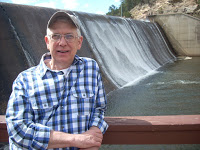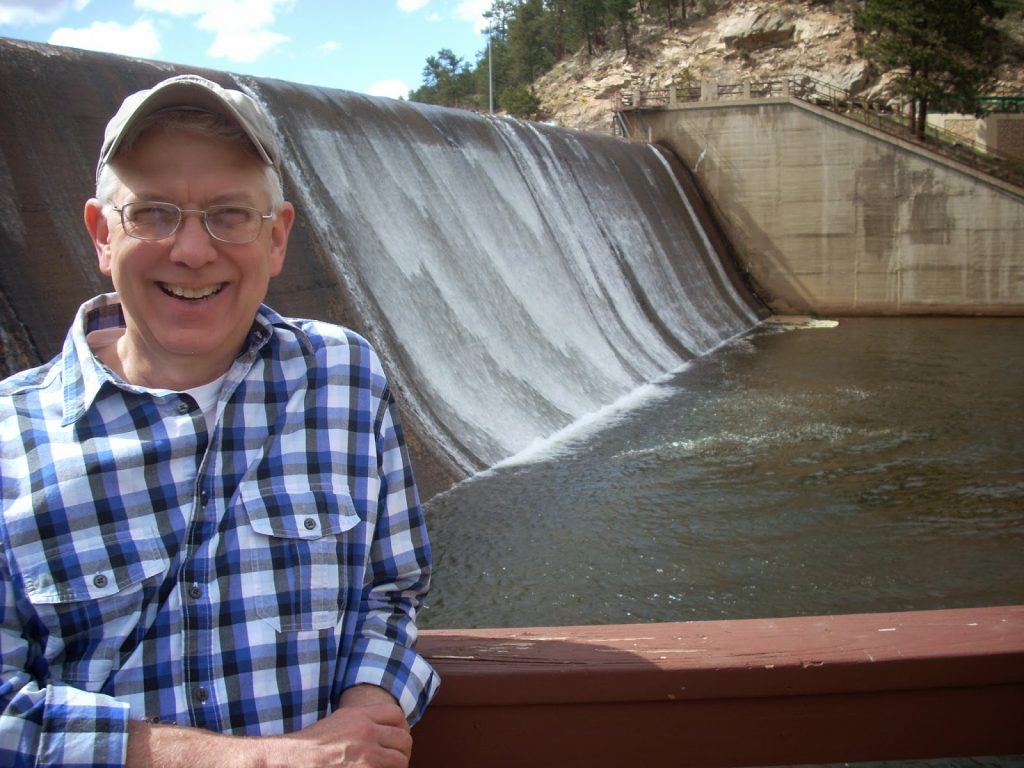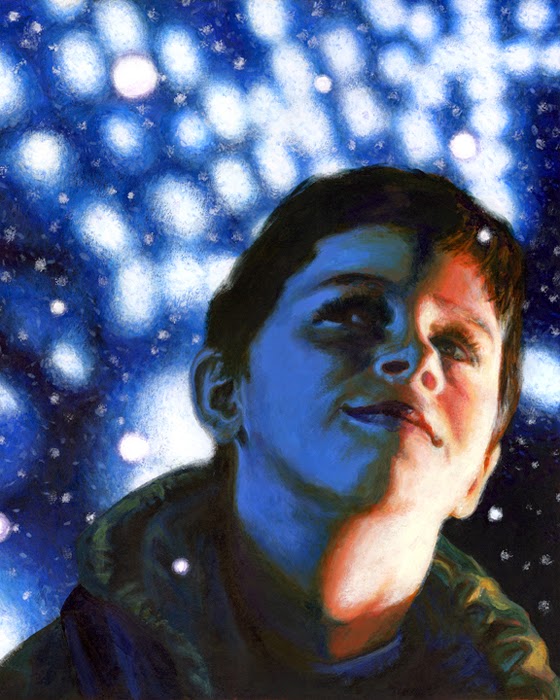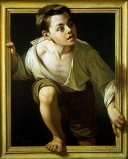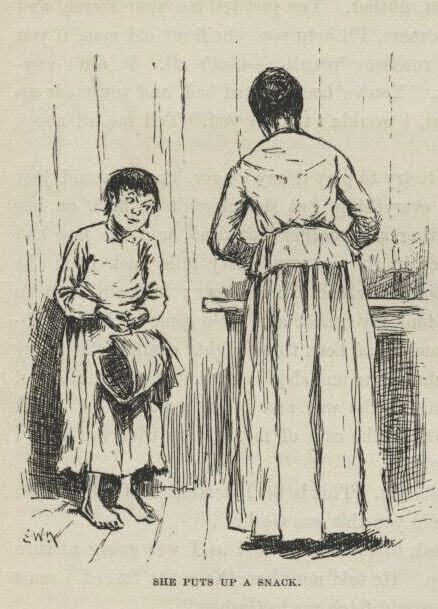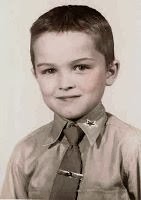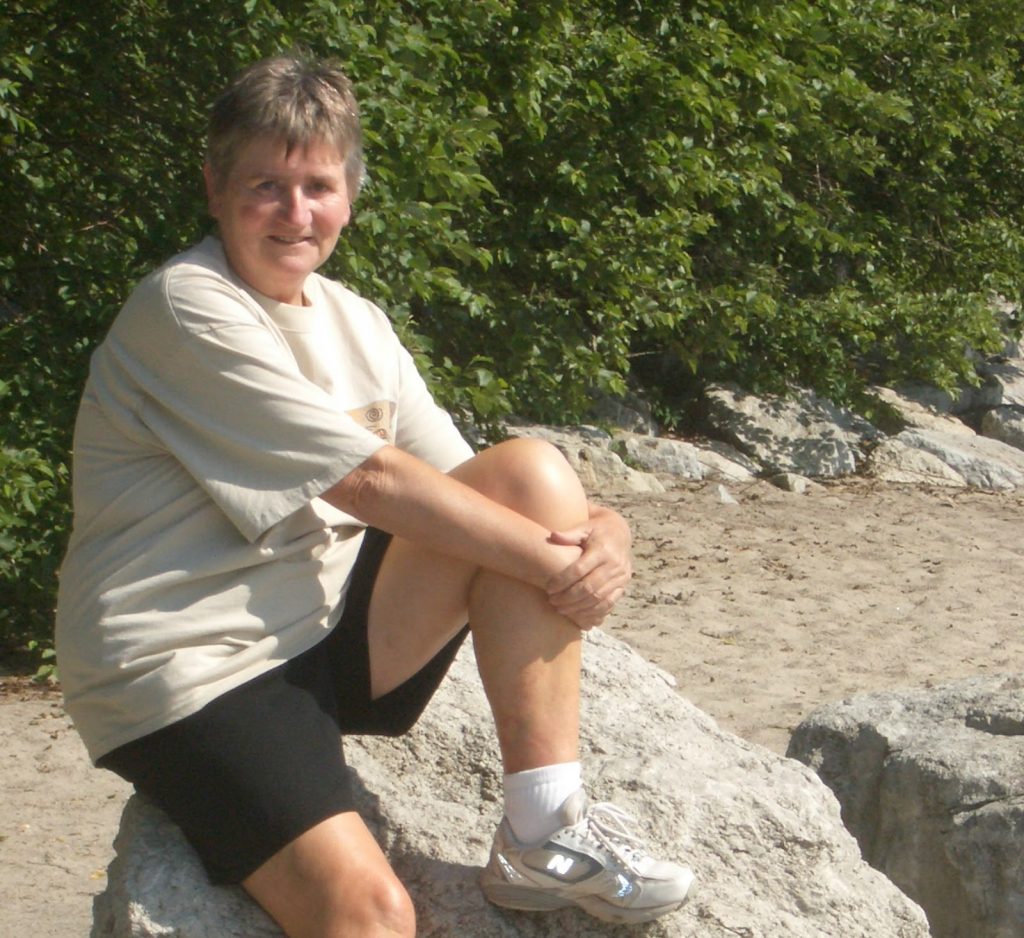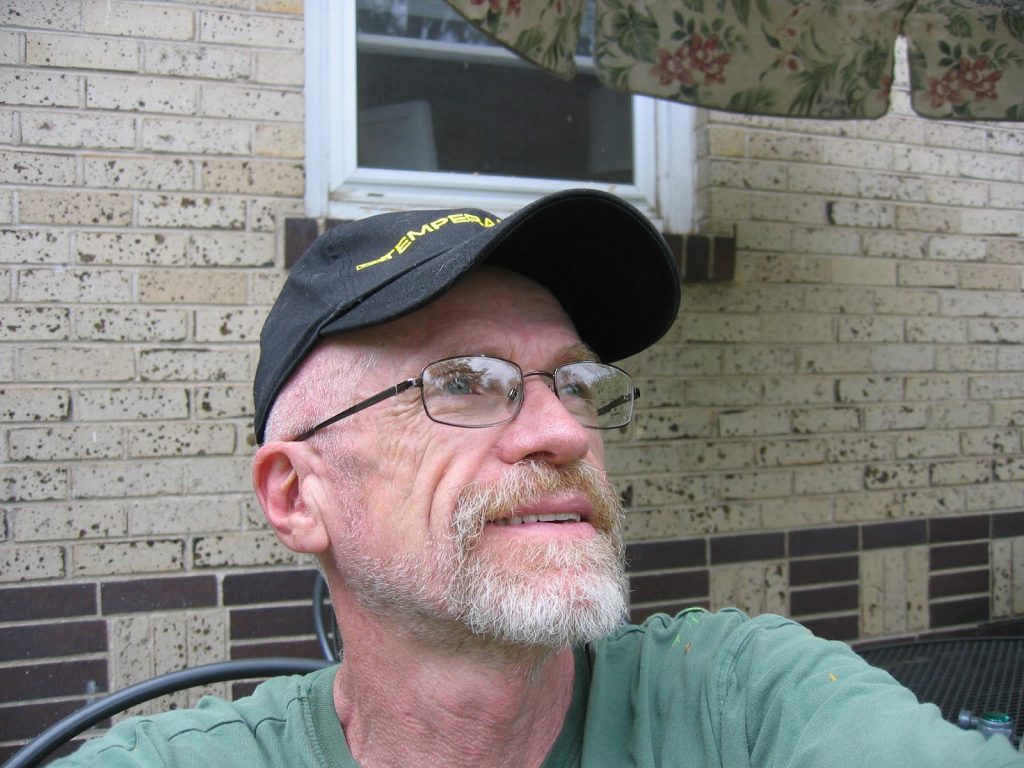For me to choose my favorite literary character seems as impossible as to choose my favorite activity from a three-week road trip. I’ve never been able to select just one because I usually prize too many memories. So when I consider that in first grade I began reading about Dick and Jane, in the fifth grade was introduced to the novel when Mrs. Schaffer read to us of Jim Hawkins, Billy Bones, and Long John Silver in Treasure Island, in eighth grade read my first novel which I checked out from the school library, James Fennimore Cooper’s The Spy with its Betty Flanagan and Harvey Birch, and after that never quit reading book after book to the point that in my mid-thirties I was reading five books a week—most of them novels—I’m hard pressed to choose any single character as my favorite. There have been so many!
A few years ago when in my writing I realized I was working on a novel and not simply the collection of short stories I had imagined, I came to the awful realization that although I had read hundreds of novels and recalled from them plenty of characters, scenes, and situations, I had never seriously studied the novel as literature, had never read one under the tutelage of a professor, and had never analyzed the plot, character, or even writing style that makes some stories work so well. So with M.H. Abrams Glossary of Literary Terms in hand, I set out to learn about these things. I began analyzing short stories; then turned my attentions to the novel. I would read a novel and if I liked it enough select one
Then I turned to books I’d read in the past. I analyzed The Canterbury Tales by Geoffrey Chaucer, Tales of the City by Armistead Maupin, Ceremony by Leslie Marmon Silko, House Made of Dawn by M. Scott Momaday. Somewhere along the way realized I had mostly read novels to enjoy exotic and unusual experiences and to find out what happened. This proclivity was bolstered by my habit of reading murder mysteries in which the big tasks is to figure out ‘who dun it’ as if that were the whole point of reading stories. That seemed my dominant approach. Finally I turned to Ethan Mordden and reread and analyzed several of his Buddies cycle that opened with what seemed to me appropriately titled I’ve a Feeling We’re Not in Kansas Anymore. I liked novels that told the stories of many different people. My novel search for understanding was moving me far away from how I had read them before and, like Mordden’s title far away from all my home state represented. And then there was the really big question: why was I trying to write a novel and how could I do it without making a big fool of myself?
I recall a voice teacher who seemed friends with a woman character Natasha Rostova in Leo Tolstoy’s War and Peace while I couldn’t even recall or pronounce the name of any character from my reading of that monstrously long novel. I recall in December my daughter-in-law reading Charlotte Bronte’s Jane Eyre for the umpteenth time. She said “It’s like a new story,” and she just loves Jane Eyre, probably her favorite literary character. Now I read Bronte and enjoyed the characters but never developed such a relationship with any of them. I just don’t get into character friendships, at least not easily.
Still I really have like some characters. First, Natty Bumpo in James Fennimore Cooper’s “Leatherstocking Tales” although I don’t recall if I respected him; second, Johnny in The Light in the Forest by Conrad Richter although I may really have been more interested in his Shawnee Indian cousin; third, the first-person narrator in Ambidextrous: The Secret Lives of Children by Felice Picano although I didn’t really like him so much as I recognized in him a character who as a child was bisexual like I was; fourth, Bud in Ethan Mordden’s stories, again another first person narrator who as a writer seemed as much the author of the story as its protagonist; and finally, Will in City of Shy Hunters by Tom Spanbauer although very much like in the cases of Picano and Mordden I may have liked the author as much as the character. Still Will became my literary friend because he came from an uncertain past, made creative adaptations to his surroundings, felt enamored of Native Americans, accepted into his life persons whose values widely differed from his own, worked hard, and introduced me to more exotic worlds of gay America, meaning in many important ways, more realistic descriptions of gay life.
But since I ended my list with Will from the Spanbauer book, I’ll say a few things about him who certainly has become an important character in my life if not a favorite (and be warned I’m speaking as much or more about Spanbuaer as I am about his great character Will). Will trusts people. Will does not try to fool himself. Will reveals his faults as well as his ideals and dreams. Will eats with sinners. He survives in the city, thrives there, values important aspects of his life, idealizes some individuals and loves them when they are too real to be idealized. He ekes out a living, is taken advantage of, finds friendship, and in general, builds a meaningful life in a hard and rough city.
And I thrill when Will says:
“Only your body can know another body.
“Because you see it, you think you know it. Your eyes think they know. Seeing Fiona’s body for so long, I thought I knew her body.
“I’ll tell you something, so you’ll know: It’s not the truth. Only your body can know another body.
“My hand on her back, my hand in her hand, her toes up against my toes, Fiona’s body wasn’t sections of a body my eyes had pieced together. In my arms was one long uninterrupted muscle, a body breathing life, strong and real.” (In City of Shy Hunters, p. 184) Will is really real; his friends are real. I am his friend.
© Denver, 22 June 2014
About the Author
Phillip Hoyle lives in Denver and spends his time writing, painting, and socializing. In general he keeps busy with groups of writers and artists. Following thirty-two years in church work and fifteen in a therapeutic massage practice, he now focuses on creating beauty. He volunteers at The Center leading the SAGE program “Telling Your Story.”
He also blogs at artandmorebyphilhoyle.blogspot.com
